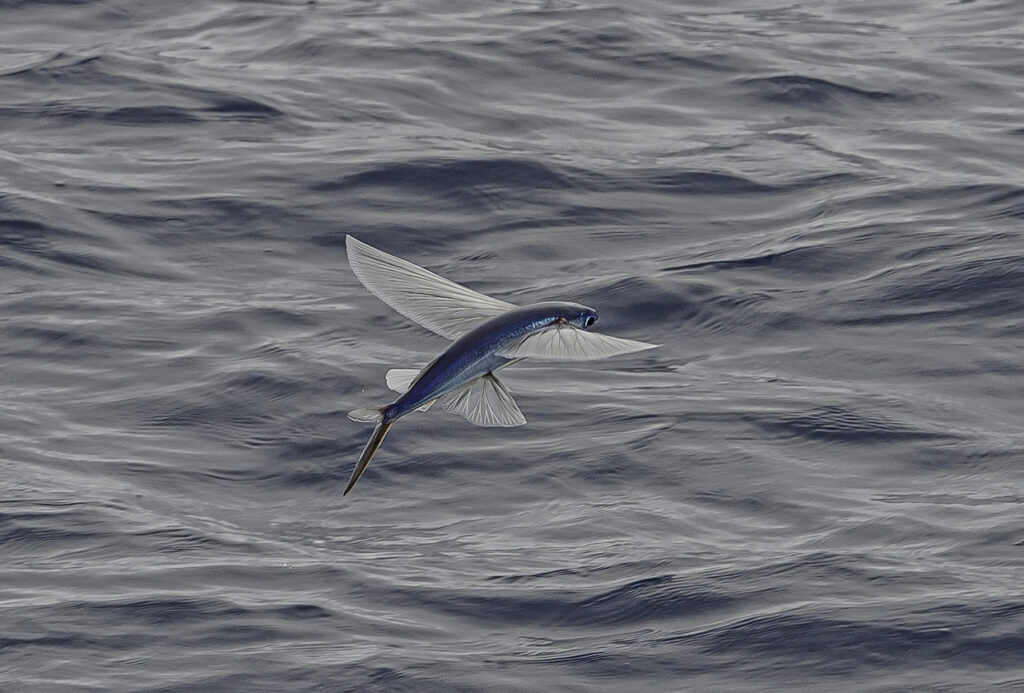The world of aquatic animals is a fascinating one, with so many different species that you’ve likely never even heard of or seen! With that in mind, one such species is the flying fish – but why is it called that, and can it really fly? In our latest blog, we take a look at this interesting creature that lives beneath the water’s surface.
What is a flying fish?
Belonging to the family Exocoetidae, the flying fish is a type of ray-finned fish. There are at least 40 species of flying fish, characterised by an incredibly unique feature relating to its fins. They are also sometimes known as flying cod.
Can fish fly?
The truth is, no fish can really fly in the traditional sense, but the flying fish gets pretty close. They have evolved to have the ability to jump out of the water, before gliding over the water. Flying fish will swim incredibly fast, over 30mph, before breaking the surface of the water and beating its tail. Once in the air, flying fish can glide nearly 200m and sometimes as high as 1m above the water.
It’s believed that they evolved to do this, in order to escape predators effectively. Some of their most well-known predators include tuna, swordfish and other bigger fish.
What does a flying fish look like?
A flying fish looks a little like a sardine, with a long body with blue-silver scales. It also has a forked tail, but this isn’t the most fascinating feature. Its pectoral fins, which are located near its head, are large and wing-shaped. It’s these fins that help the flying fish to glide. Some species of flying fish will have a second pair of fins that are similarly shaped.
Flying fish can grow to around 45cm in length, and typically weigh no more than 900g.

Flying fish habitat
You’ll most likely find flying fish in tropical and subtropical water, which means they typically live in the Atlantic, Pacific and Indian oceans. They are more common in the open water, but some will prefer coral reefs, making them neighbours of clownfish and elongated surgeonfish.
What do flying fish eat?
Flying fish are omnivores, which means they’ll eat pretty much anything! However, most of their diet usually includes tiny plankton, although they have been known to dine on smaller crustaceans too.
Fun facts about flying fish
These fish are incredibly intriguing, and there’s even more to learn!
- They can’t actually breathe in the air: While they can glide above the water, they aren’t actually equipped for breathing in open air, so their time out of the sea is limited!
- The longest flight of a flying fish is thought to be 400m: The average flight is around 200m, so this is an impressive feat.
- Flying fish are attracted to light: Unfortunately this sometimes means that fisherman take advantage and use this to capture them.
- The flying fish has been around for 66 million years: We know this because of the fossil record, where the modern flying fish seems to have appeared over 60 million years ago – however, there are others that are now extinct that may have been around more than 200 million years ago.
- They are related to halfbeaks, ricefish and needlefish: All of these fish are part of the order Beloniformes, which includes 6 families of freshwater and marine ray-finned fish.
To see more incredible species of fish and learn more about their unique characteristics, book your tickets to Deep Sea World today.
